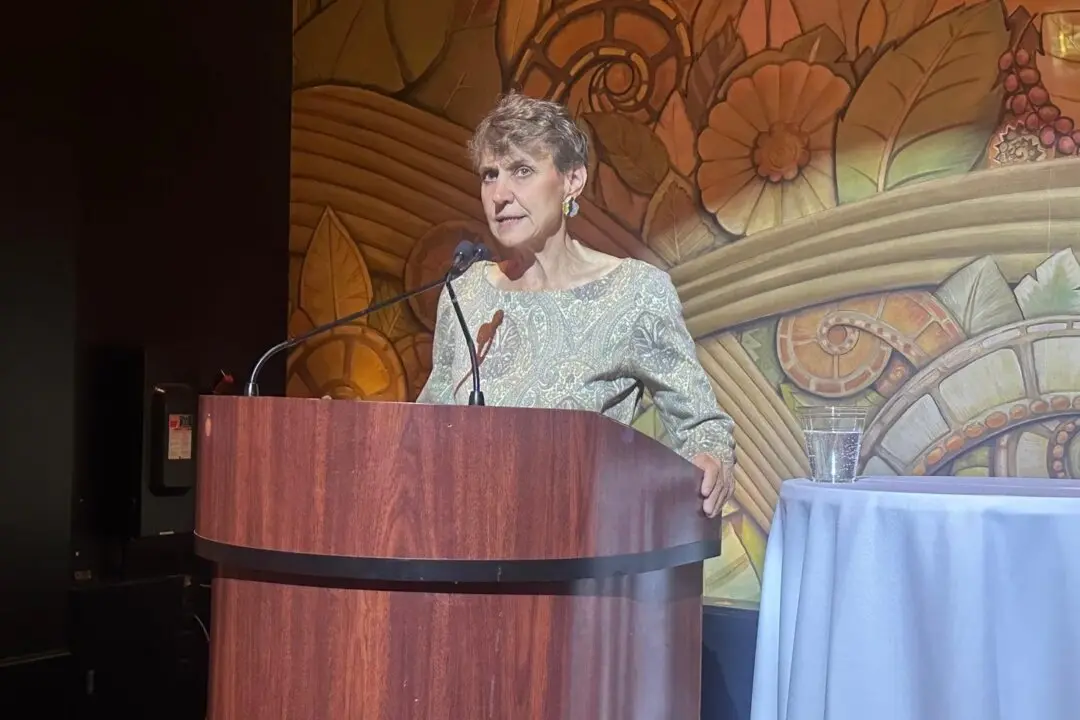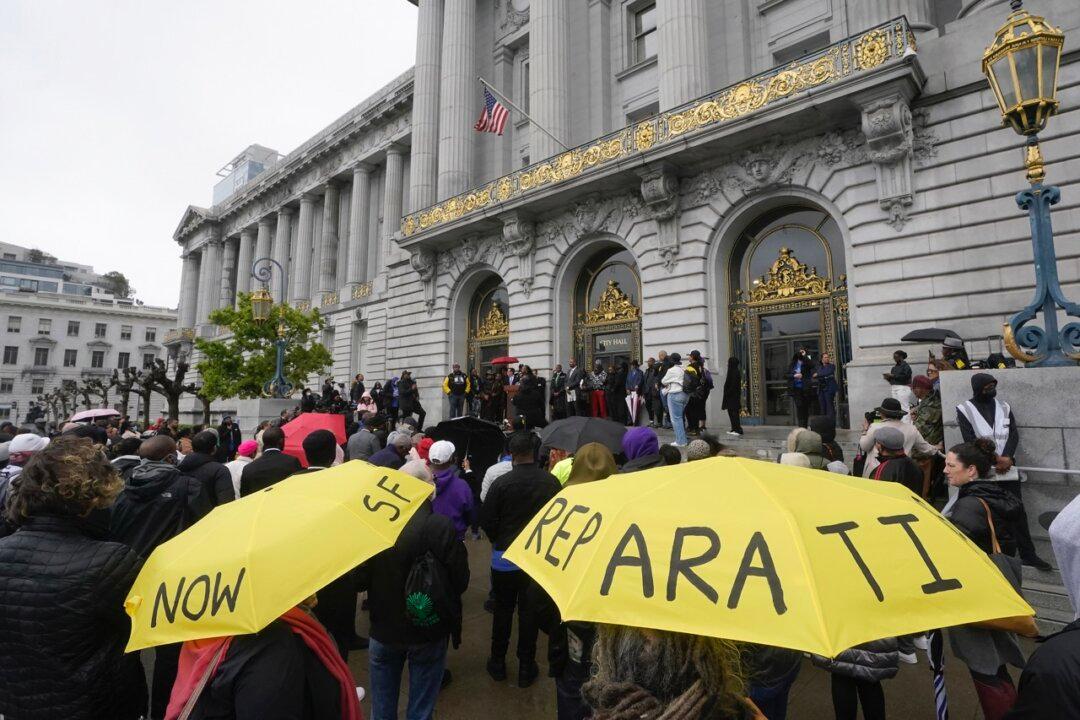Commentary
The Times Higher Education, widely regarded as among the world’s leading journals for reporting on higher education in the UK and worldwide, has released its yearly university rankings. Alarmingly, Canadian universities are experiencing a significant decline in their rankings. Over 40 percent of Canadian universities have dropped from their previous year’s positions, a trend that should urgently concern us all.





